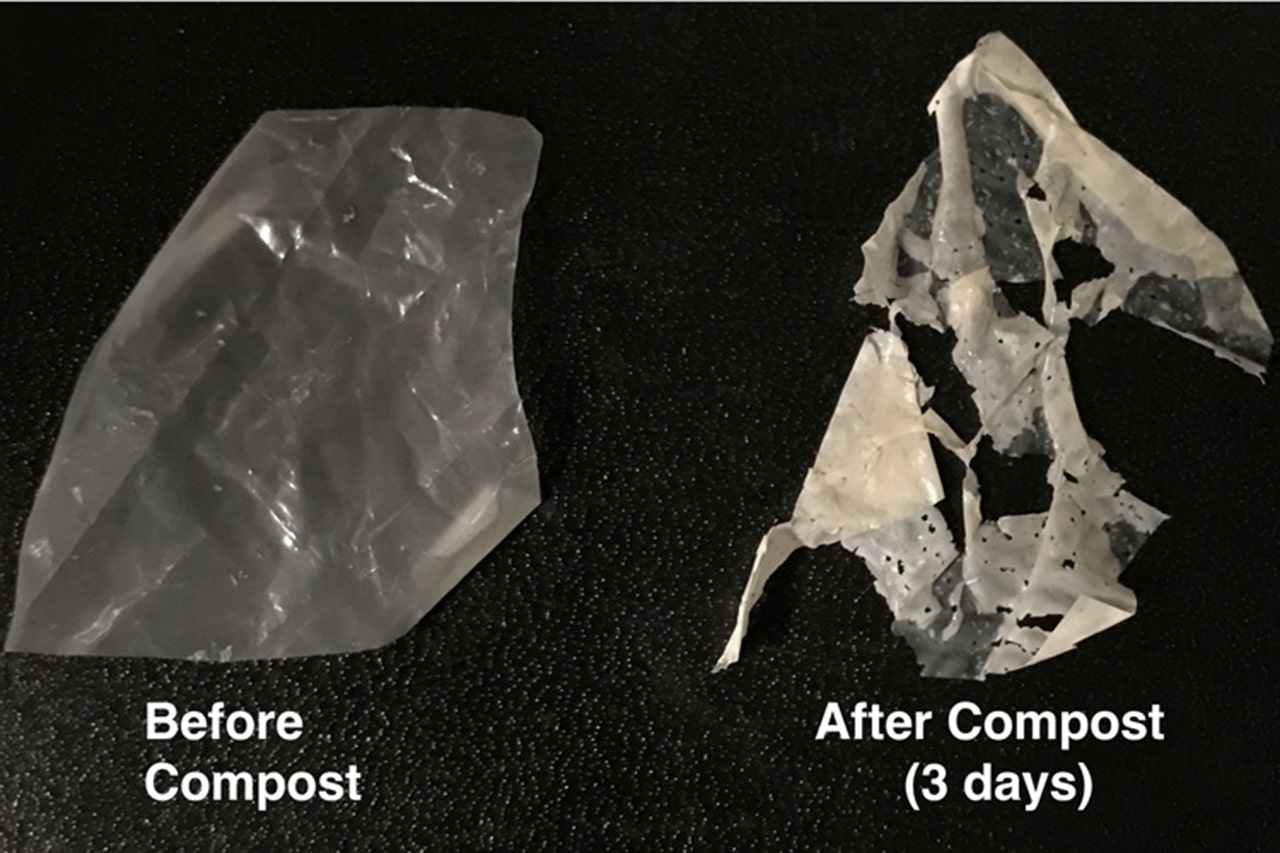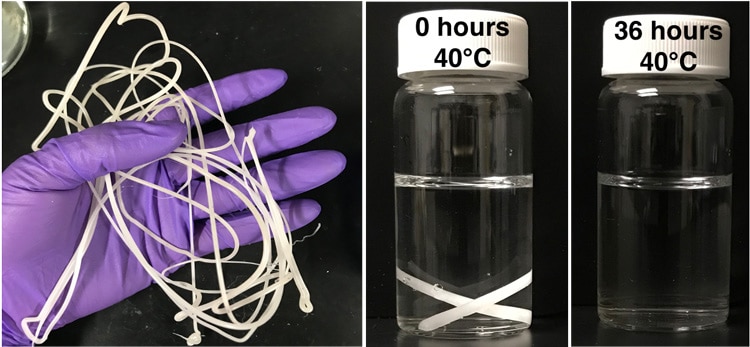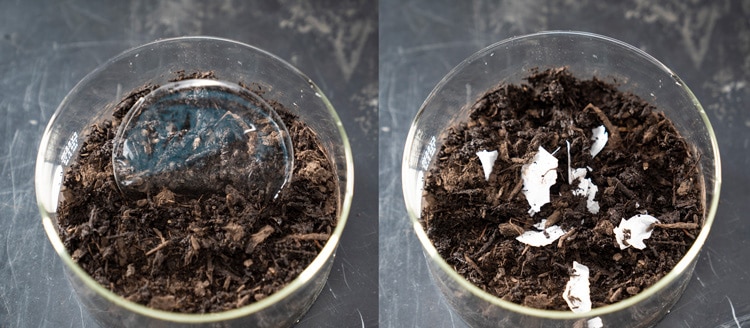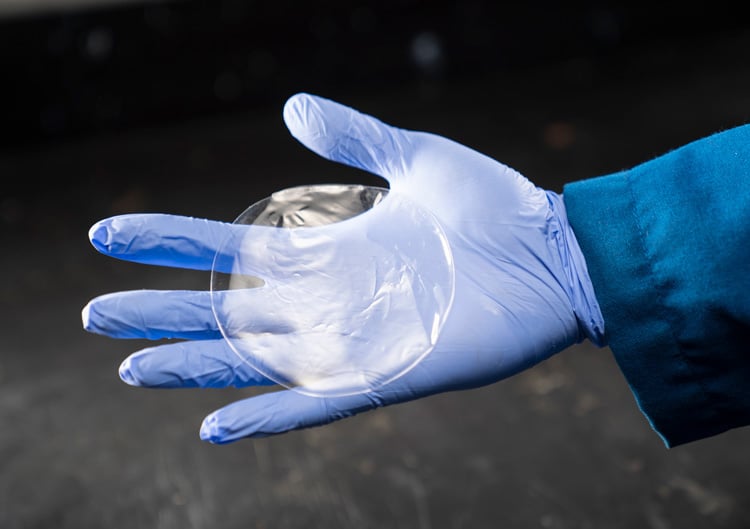
The enormous variety and abundance of plastic is a big headache for the recycling industry. Every year, more than 420 million tons of plastics are manufactured across the globe. Consequently, the reuse, recovery, and recycling of plastics are essential.
Recycling plastic helps to conserve resources and diverts plastics from landfills or unintended destinations such as oceans.
Scientists from the University of California have invented a way to make these compostable plastics break down more easily, with just heat and water, within a few weeks.
Ting Xu, UC Berkeley professor of materials science and engineering and chemistry, said, “People are now prepared to move into biodegradable polymers for single-use plastics, but if it turns out that it creates more problems than it’s worth, then the policy might revert back. We are basically saying that we are on the right track. We can solve this continuing problem of single-use plastics not being biodegradable.”
Currently used compostable plastic containers are made from polyethylene, a type of polyolefin that does not degrade. This new technology applies to other polyester plastics and allows the creation of compostable plastic containers.
According to Xu, polyolefin plastics are best turned into higher-value products, not compost.

In this new technology, scientists embedded polyester-eating enzymes in the plastic as it’s made. A simple polymer wrapping protects the enzymes from untangling and becoming useless.
Exposing these enzymes to heat and water shrugs off its polymer shroud and starts chomping the plastic polymer into its building blocks. In the case of PLA, reducing it to lactic acid can feed the soil microbes in the compost. The polymer wrapping also degrades.
The process wipes out microplastics, a byproduct of numerous chemical degradation processes and a pollutant in its rit. Up to 98% of the plastic made utilizing Xu’s procedure debases into small molecules.
In a previous study, Xu designed molecules called random heteropolymers, or RHPs, that wrap around the enzyme and gently held it together without restricting its natural flexibility. Tese RHPs degrade under ultraviolet light and are present at a concentration of less than 1% of the weight of the plastic — low enough not to be a problem.
The same approach was used in this study. Scientists enshrouded the enzyme in RHPs and embedded billions of these nanoparticles throughout plastic resin beads that are the starting point for all plastic manufacturing.
Wen scientists compared this process to embedded piments in plastic, they found that the RHP-shrouded enzymes did not change the character of the plastic.

For degradation, addin water and little heat were necessary. At room temperature, 80% of the modified PLA fibers degraded entirely within about one week.
Xu said, “If you have the enzyme only on the surface of the plastic, it would just etch down very slowly. You want it distributed nanoscopically everywhere so that, essentially, each of them needs to eat away their polymer neighbors, and then the whole material disintegrates.”
“Higher temperatures make the enshrouded enzyme move around more, allowing it to more quickly find the end of a polymer chain and chew it up and then move on to the next chain. The RHP-wrapped enzymes also bind near the ends of polymer chains, keeping the enzymes near their targets.”
The modified polyesters do not degrade at lower temperatures or during brief periods of dampness. A polyester shirt made with this process would withstand sweat and washing at moderate temperatures, for example. Soaking in water for three months at room temperature did not cause the plastic to degrade.

“It turns out that composting is not enough — people want to compost in their home without getting their hands dirty, they want to compost in water. So, that is what we tried to see. We used warm tap water. Just warm it up to the right temperature, then put it in, and we see in a few days it disappears.”
Stephanie McElhinny, Ph.D. program manager with the Army Research Office, said, “These results provide a foundation for the rational design of polymeric materials that could degrade over relatively short timescales, which could offer significant advantages to Army logistics related to waste management. More broadly, these results provide insight into strategies for incorporating active biomolecules into solid-state materials, which could have implications for a variety of future Army capabilities, including sensing, decontamination, and self-healing materials.”
Journal Reference:
- DelRe, C., Jiang, Y., Kang, P. et al. Near-complete depolymerization of polyesters with nano-dispersed enzymes. Nature 592, 558–563 (2021). DOI: 10.1038/s41586-021-03408-3
Continue reading New way to make compostable plastics break down more easily on Tech Explorist.
0 comments:
Post a Comment